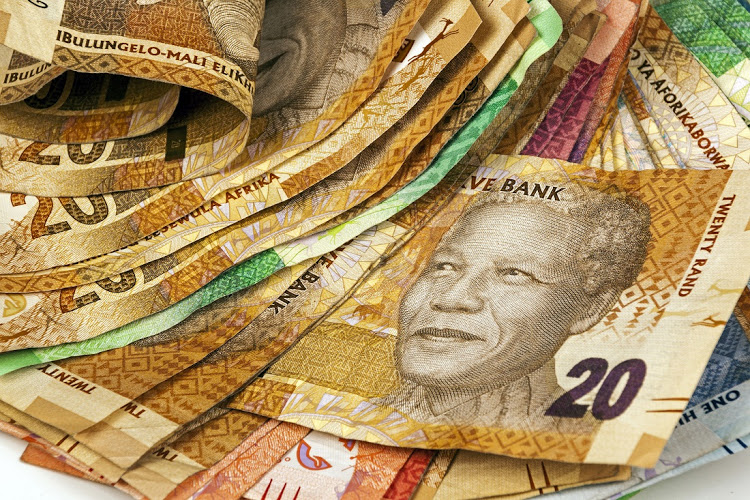Some new paths to turn "lazy cash" into productive capital

Looking at investments during the Covid-19 pandemic is so difficult that some have opted to park funds in cash.
This may appear to be a good strategy for investors that needed liquidity as economies went into a hard lockdown across the world. However, with some countries starting to open their economies this cash needs to be carefully deployed in higher-return assets, otherwise it may end up as “lazy cash”, especially given the decline in central bank policy rates across the world.
It is clear that when Covid-19 passes we will inherit a completely different world and economy. Deficiencies in crucial sectors are making countries look increasingly inward at what they call import substitution policies. Few countries have the necessary prerequisites to effect this, at least in the short-term. What this means is that the transformation of economies into what they will look like in future will take some time.
From an investment perspective this transformation over the next few years means there will be winners and losers across countries, sectors, companies and individuals. The contraction in economic growth along with liquidations and insolvencies of companies will give rise to new industries and new opportunities. It is these opportunities that investors should search for, making sure that where liquidity is not a problem the “lazy cash” is put to use.
The risks to the global economy due to Covid-19 are still enormous, since no-one knows how the health disaster will unfold. However, there are interesting developments taking place. Several economies have started to gradually open up after the panic hard lockdowns that took place since February this year. This suggests there is a realisation that Covid-19 will be with us for some time, and the economy cannot remain closed as it will destroy the livelihoods of the healthy population.
Markets have responded positively to the tentative opening up of economies, with the US S&P 500 returns at 12.8% and brent crude oil up by 11% in April compared to the previous month. Global equities have generally risen across most countries, taking direction from policymakers. Some sceptics say this could be a dead cat bounce, where markets recover only to fall again. I am not in that camp for two reasons.
First, we learnt from the 2008 global financial crisis that it doesn’t help to bet against policymakers. Those who bet against the Fed’s quantitative easing and the European Central Banks’ “whatever it takes”, did not win. Second, one could say central banks were the only game in town to salvage the economies in the previous crisis.
This time it’s different. The political consequences of failing to reinvigorate growth and employment are huge, and there is the political will to create growth, even if it means printing money, as the Bank of England is now doing. In addition to political will, both monetary policies and fiscal policies mean all hands on deck, in unprecedented fashion. It is then not a plausible strategy to bet against the politician who wants to win the next election, a central banker who wants to revive inflation who is threatened by the possibility of deflation, and a government determined to preserve jobs.
Given the above, the rebound in markets in the past month is not a sugar rush, it’s a reading of the market that the stimulus will finally find its way into the economy, and that the likely morbidity of Covid-19 was overestimated in some countries.
So where can one find opportunities to deploy “lazy cash”? Broadly, sectors that accommodate social distancing will fare better than those that encourage proximate interactions. Selective high yield, investment-grade credit and emerging markets’ dollar-denominated debt still offer better value than lazy cash.
